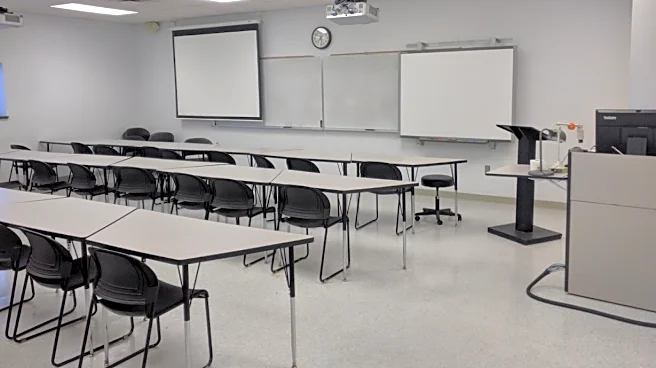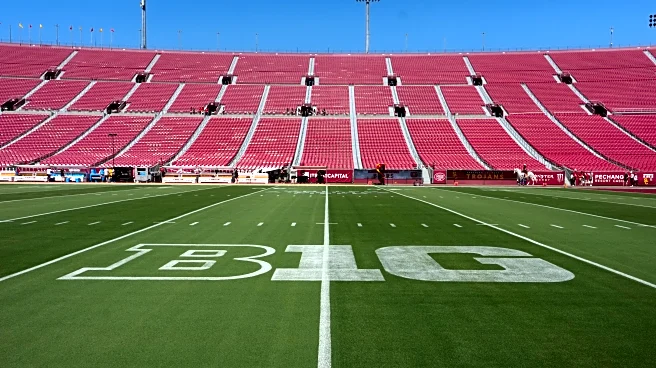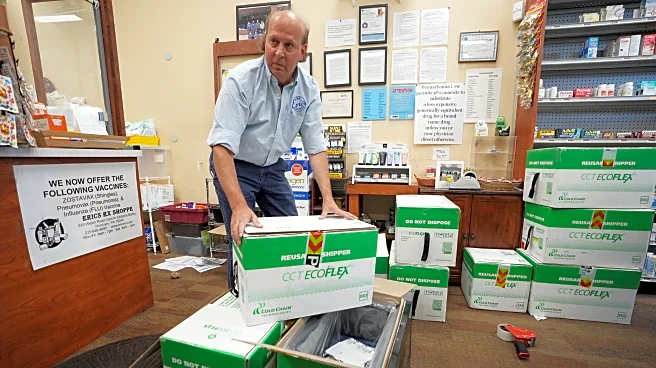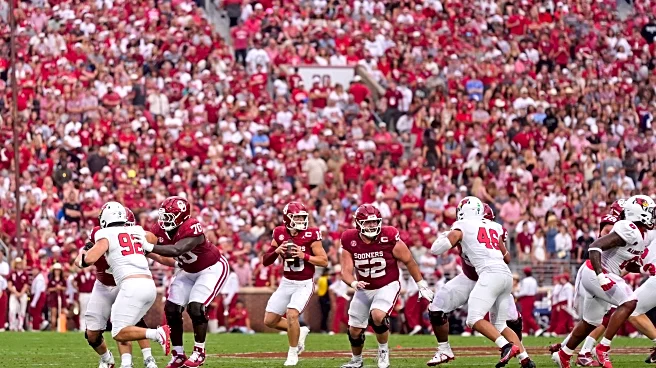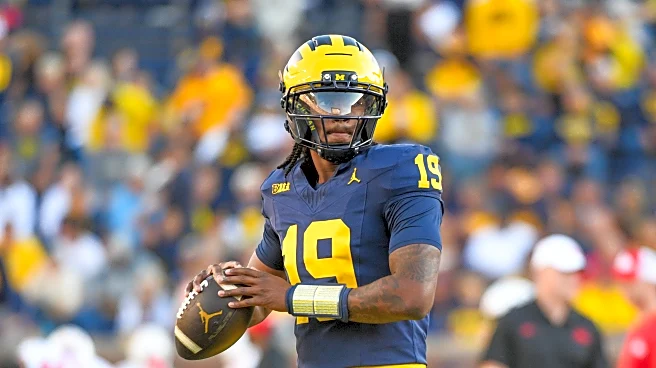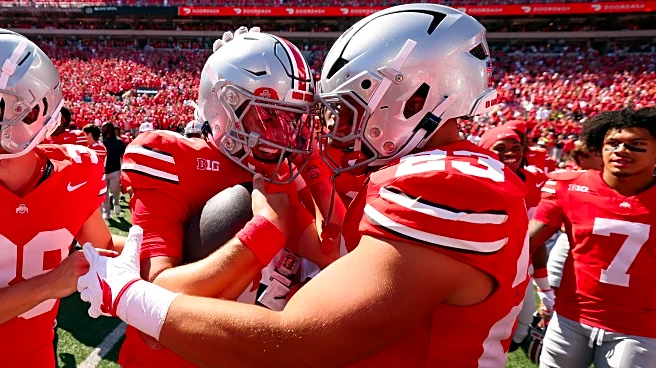What's Happening?
The Powerball jackpot has surged to an estimated $1.8 billion after no ticket matched all the winning numbers in the September 3 drawing. This makes it the second-largest jackpot in the history of the game. Despite no jackpot winner, 15 tickets matched all five white balls, with 11 of these winning $1 million each. These tickets were sold across various states including California, Colorado, Florida, Georgia, Illinois, Maryland, Minnesota, Ohio, and Pennsylvania. Additionally, four tickets increased their winnings to $2 million by opting for the Power Play feature, with these tickets sold in Michigan, Oregon, Texas, and Wyoming. The next drawing is scheduled for September 6, marking the 42nd consecutive drawing without a jackpot winner, setting a new record for the game.
Why It's Important?
The growing Powerball jackpot highlights the increasing public interest and participation in lottery games, which can have significant economic implications. Large jackpots often lead to increased ticket sales, which in turn generate substantial revenue for state governments. This revenue is typically allocated to various public services, including education and infrastructure. However, the allure of such large prizes also raises concerns about gambling addiction and financial irresponsibility among participants. The record-setting streak of drawings without a jackpot winner may further fuel ticket sales, as players are drawn to the possibility of winning a life-changing sum.
What's Next?
The upcoming Powerball drawing on September 6 will be closely watched as it could potentially result in a new jackpot winner. If the jackpot remains unclaimed, it will continue to grow, potentially surpassing the current record. Lottery officials and retailers are likely to see a surge in ticket sales as excitement builds. Additionally, discussions around the impact of such large jackpots on gambling behavior and state revenue allocations may gain traction among policymakers and social organizations.


